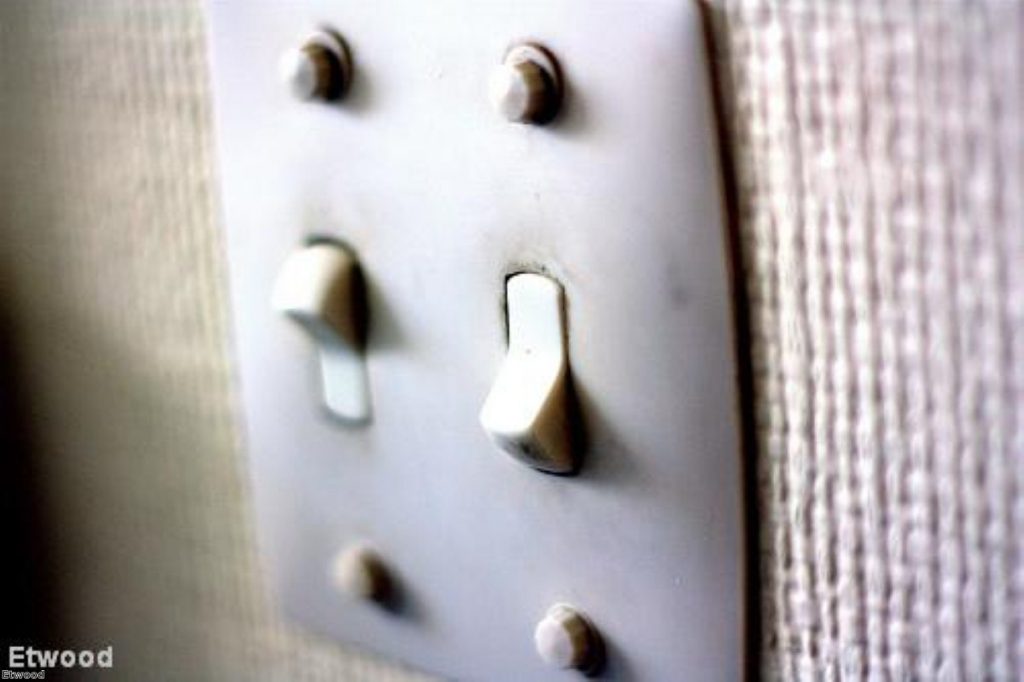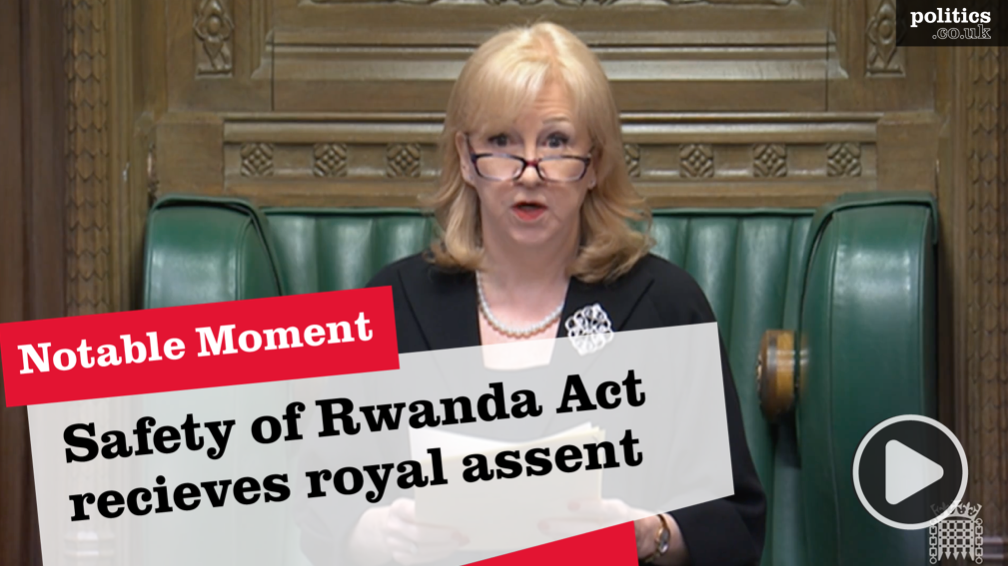Feature: Does Britain actually have an energy policy?
After months of backroom negotiations between George Osborne and the Liberal Democrats the government has announced its renewable energy policy. It has decided to wait until 2016, after the general election, and make a decision then.
In the tragi-comic drama that is the coalition, this failure barely raised eyebrows. It's just more omnishambles material. Tories were unhappy because the government was effectively agreeing to a subsidy for wind farms. Lib Dems were unhappy because the government had given up on decarbonising its economy.
"I don't see much of a coherent policy there," the Green party's sole MP in parliament, Caroline Lucas, says, sounding slightly exasperated. "Anything that might have given a coherent policy would need a target and they've specifically ruled that out. So we don't know what they're aiming at and that's not helping."
Osborne's protracted negotiations with Lib Dems – specifically with energy and climate change secretary Ed Davey – focused on gas. Davey wants full decarbonisation by 2030. Osborne wants natural gas to play a role in Britain's energy mix past 2030.


He's not alone. "It's not realistic to try to get off gas," Glyn Davies, Tory MP for Montgomeryshire and a ministerial aide at the Welsh Office, says. "In the end – particularly when you're facing a difficult financial position – you can't have a policy which is completely unaffordable. It's reality that's driving this, not political arguments."
And it's not just Tory MPs. Labour's parliamentarians have plenty of reasons to be uneasy about a 2030 decarbonisation target too. "My constituency has tremendous amount of heavy industry," says Alex Cunningham, Stockton North's Labour MP and member of the all-party group on the environment. "We're reliant on fertiliser, steel and chemicals. Companies there have major challenges as far as emission are concerned, but at the same time they work together to create carbon capture and storage projects. We need government to step up to the plate and help them do that."
Eventually Osborne and Davey came to a deal. Firstly, they would ignore the 2030 goal until after the election (an Osborne victory). Secondly they would announce a gas strategy which would be unveiled on December 5th, alongside the autumn statement, backing new gas-fired power stations (another Osborne victory). Finally, they would significantly raise the cap on how much energy companies can charge consumers to invest in renewable forms of energy (a Davey victory).
Energy companies, as you might imagine, were jubilant. EDF Energy, which plans two nuclear reactors at Hinkley Point in Somerset, said it was a "very positive step". RenewableUK, the trade body for wind power, said it was "exactly the kind of assurances we’ve been calling for".
By 2020 energy companies can add £7.6 billion to household bills to pay for new power plants, wind farms and the like. Consumers are currently paying about £20 a year into this fund. By 2020 that will rise to about £110, although the majority of the increase comes towards the end of that period. Presumably the government is hoping it can go up when household budgets are less tight.
The financial situation for consumers probably sounds worse than it is. The government expects to reduce bills by £94 a year by 2020 as it limits our dependency on gas. Gas has been driving up bills throughout the year, as rising prices whack another £100 on consumer's debit cards. That will probably get worse, with the International Energy Agency forecasting a further 40% rise in gas prices by 2020. But regardless of the long-term picture, many consumers are dreading the rise in already exorbitant energy prices.
"I'm always concerned we need to develop the green economy but I'm wondering if increasing consumer contributions is the right way," Cunningham says. "The emphasis needs to be on energy companies and their responsibilities instead of passing it all on. Look at the profits they make despite their squealing and we need to consider how much more the consumer can actually take."
Lucas is similarly frustrated by the government's hands-off approach to energy companies but she insists the investment will eventually drive down prices.
"I would love to see energy companies pay more and I've long called for a windfall tax on them, given that the rising cost of fuel is handing them such profits," she says. "But if you ask them to bear more costs for renewable [energy], I'm not sure how you stop them passing it on to consumers. It's important to keep that levy framework figure in context. People are paying a hell of a lot more for importing gas. Money for kick-starting renewable will come down over time."
Some MPs – especially those on the Tory backbenches – were livid the government was subsidising the creation of more wind turbines. Wind farms – which dot the landscape of many rural communities and will do so more frequently once the money starts flowing – have an uncanny ability to drive many Conservatives MP red-faced with rage.
"The impact on landscape has got to be part of the equation," Davies says. "If I'm discussing it with people affected that's probably the biggest negative. But when I hear it discussed amongst politicians that never comes into it. It's just the economics of it – of onshore being cheaper than offshore. But landscape has a value. It's hard to nail down what it is, but it has a huge value and that's just ignored."
With the government clearly at loggerheads over energy policy, will the rise in green investment be enough to give investors confidence? Actually, it might be. While most newspapers concentrated on the increase in their customers' energy bills, they ignored 'contracts for difference' – long-term contracts guaranteeing stable revenues for investors in low-carbon projects. This works by being set at a fixed level called a 'strike price'. It's this number the investors will look at, rather than the tabloid headlines. Furthermore, the government took on an energy and climate change committee recommendation and created a new government-owned body to act as a single counterparty to the contracts.
Neither the framework nor the bill itself will include the strike price, which is expected to be published next year. This is the crucial detail the markets are waiting for. It will establish how attractive UK markets will be for renewable investment.
It's a crucial factor. While Osborne and Davey hammer it out, the black hole in Britain's energy plan grows larger. Investment levels have halved since 2009. Britain will have to close several coal-fired power stations in the next five years to hit European laws, leaving it on course to be 80% dependent on gas by 2020. Along with that, a number of old nuclear power stations will close in the 2020s. Overall, a fifth of the UK's electrical capacity will close by the end of the decade, meaning wind, nuclear and even biomass will be relied on to keep Britain running.
Against that backdrop, the government is hardly boosting confidence. "It's a government department where the secretary of state has to take legal advice to establish whether his own minister is acting in the greater interest of green economy," Cunningham says. "There's no policy at all. It's just a muddle. You give a bit, I'll give a bit and all you get is nonsense."












